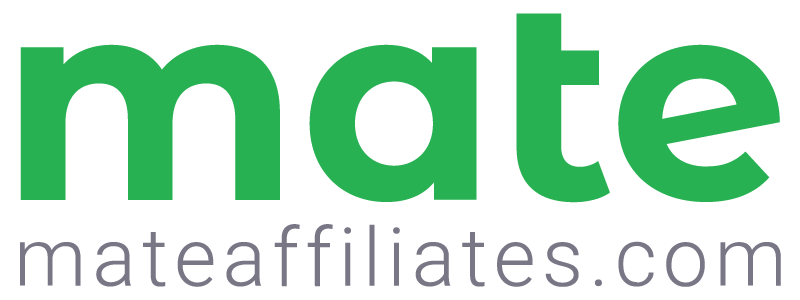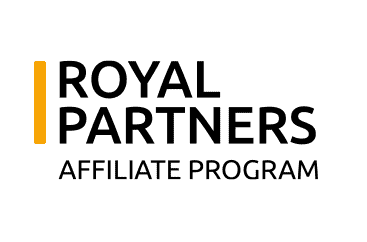The New SEO Strategy: The Power of Historical Optimization

When it comes to search engine optimization (SEO), staying ahead of the curve requires constant adaptation and innovation. One strategy that has gained significant traction in recent years is historical optimization. This approach involves updating old web pages to attract new traffic, thereby maximizing the value of existing content.
In 2024, historical optimization is not just a trend but a necessity for marketers looking to boost their SEO performance.
What is Historical Optimization?
Historical optimization refers to the process of updating older content to improve its relevance and performance in search engine rankings. This strategy is based on the understanding that well-performing content can become outdated over time, losing its effectiveness as search algorithms and user behaviors change. By refreshing this content with current data, new insights, and updated keywords, marketers can breathe new life into it, making it more appealing to search engines and users alike
Why Historical Optimization Matters
1. Maximising Existing Assets
Creating new content from scratch is time-consuming and resource-intensive. Historical optimization allows marketers to leverage their existing content assets, saving time and effort while still achieving significant results. By updating old posts, businesses can ensure that their content remains relevant and valuable to their audience
2. Improved SEO Performance
Search engines favor fresh, up-to-date content. By regularly updating older posts, businesses can improve their search engine rankings, driving more organic traffic to their site. This not only enhances visibility but also helps maintain a competitive edge in the crowded digital marketplace.
3.Enhanced User Experience
Users are more likely to engage with content that is current and relevant to their needs. Historical optimization ensures that visitors find the most accurate and up-to-date information, leading to higher engagement rates and better user satisfaction
Implementing Historical Optimization
To successfully implement historical optimization, follow these key steps:
1. Identify High-Potential Content
Begin by identifying older content that has performed well in the past. Use analytics tools to find posts with high traffic, strong backlinks, and good engagement metrics. These pieces are prime candidates for optimization.
2. Update Content with Current Information
Refresh the identified posts with current data, statistics, and insights. Replace outdated information with the latest research and trends relevant to your industry. Ensure that any links within the content point to current, credible sources.
3. Optimise for New Keywords
Conduct keyword research to identify new search terms that have gained popularity since the original content was published. Incorporate these keywords naturally into the updated content to enhance its search engine visibility.
4. Enhance Visual Elements
Update or add new visual elements such as images, videos, infographics, and charts to make the content more engaging. Visual content can improve user experience and increase the time visitors spend on your page.
5. Repurpose Content for New Formats
Consider repurposing the updated content into different formats such as podcasts, webinars, or social media posts. This not only extends the reach of the content but also caters to different audience preferences.
Success Stories
Many businesses have successfully leveraged historical optimization to boost their SEO performance. For example, HubSpot found that by updating old blog posts, they could significantly increase organic traffic and conversions. This approach allowed them to make the most of their existing content assets, driving continuous growth without the constant need for new content creation
Conclusion
Historical optimization is a powerful strategy for enhancing SEO performance in 2024. By updating old content with current information, optimising for new keywords, and repurposing it for different formats, businesses can maximise the value of their existing content assets.
This not only improves search engine rankings and user engagement but also ensures that content remains relevant and valuable in a rapidly changing digital landscape. Embracing historical optimisation can provide a significant competitive advantage, making it a crucial component of any comprehensive SEO strategy.






